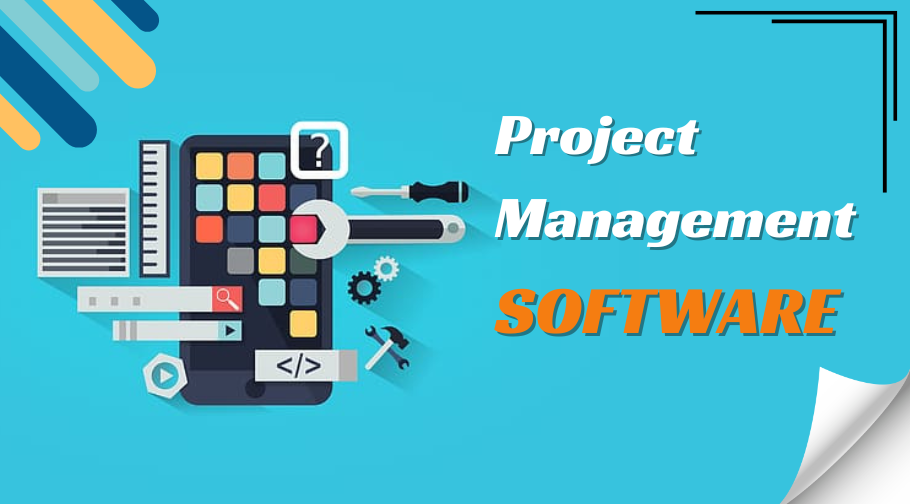How to Maximise Your Team’s Success in 2024 with the Right Project Management Software?
- 1 Determining What Kind of Project Management Software You Require
- 1.1 Important Criteria to Consider
- 1.2 Software and Vendor Screening
- 1.3 Preparing Your Group for Achievement
- 1.4 Enjoying the Advantages
- 2 The Bottom Line
For businesses big and small, project management software is a must-have for better teamwork, more productivity, and on-time budgetary project completion. Entering the year 2024, the market for project management software is booming, providing many options to meet a wide range of requirements. Choosing the best system for your team and use case may take time, especially with new platforms appearing regularly. For more information, contact hive.
Read this article to learn what to look for in a project management system in the year 2024. In this article, we will review some of the most essential features to search for, questions to ask yourself, ways to evaluate products, and advice to ensure that adoption goes smoothly in your company. Now that you have this information, you can confidently choose software that improves your team’s software for project management procedures and can adapt to your future requirements.
Determining What Kind of Project Management Software You Require
With so many options, it’s essential first to determine what you need and what’s most important. First, think about these things:
- Team size – Will you oversee projects with a small group of individuals or with many different departments? Where are they physically located?
- How complicated is your project? Are there a lot of linked activities and milestones that need to be tracked? Is that the case, or are they simpler?
- Adaptability—To what extent does the nature of individual projects differ? Would you have to make adjustments to fit other frameworks such as Agile, Waterfall, etc.?
- How about other systems that need smooth communication, such as email, documentation software, and customer relationship management systems?
- Data and insights: How will you monitor metrics and progress? Do you require dashboards, reports, or visuals?
- Cost – What is your team’s reasonable budget? Which is more practical: a paid solution or an open-source one?
- Compiling a list of your specific requirements for analytics, communication, resource allocation, and collaboration can make evaluating systems much more accessible.
Important Criteria to Consider
After you have your criteria in place, you may narrow your software review down to the following essential features:
- Project planning includes task dependencies, milestones, Gantt charts, and calendar views.
- Managing tasks includes delegating, organizing, and monitoring job progress.
- Communication inside the team – chat, file sharing, alerts, and activity logs
- Monitoring and reporting the amount of time spent on each job
- Utilization, workload, and capacity planning are aspects of resource management.
- Analysis tools and reports Budgets, hours worked, and progress may be better understood using charts, graphs, and tables.
- Adaptability — The capacity to modify settings such as views, fields, processes, and permissions
- A platform for integrations—application programming interfaces and pre-built connections with widely used programs
- Usability – User-friendly interface and tailored navigation to meet the demands of every user
- You may further analyze platforms based on their implementation experience, availability of support, and long-term roadmap if they satisfy your feature criteria.
Software and Vendor Screening
Now that we know which selections are the greatest, here are some guidelines for doing research before buying:
- Get a feel for the platform without risk by taking advantage of free consultations, demos, and trials. Make advantage of your actual use cases to create testing scenarios.
- Determine the possibility of integration by reading the documentation and determining whether the integrations you need are available as an API, pre-built, or customizable for your technology stack—situations for conducting tests.
- Discover if the platform can be extended with custom fields, rules, formulae, and other features to make it more suitable for your needs in the future by inquiring about its extensibility.
- Have a conversation with an existing user to get their honest opinion. Enquire about their experience with onboarding, adoption, support, and everything else you can think of.
- Review the available certifications, protocols, and features that guarantee data protection, access restrictions, and compliance to confirm the security measures.
- Check vendor development plans against your future innovation and scalability objectives. Compare roadmaps.
- Snags surrounding ecosystem connection, customization constraints, or conflicting goals may be avoided with thorough vetting across these dimensions.
Preparing Your Group for Achievement
When introducing a new system, it is crucial first to understand the team’s routines and processes. User adoption may be enhanced by following a few recommended practices:
- Get everyone on the team involved immediately; you need their thoughts to ensure the program can handle tasks. Be forthright in addressing issues.
- Rather than diving headfirst into complex features, beginners should concentrate on the essentials that will bring them the most benefit immediately.
- Carefully tailor to team tastes while leaving room for future updates by adjusting views, templates, and fields.
- Ensure continuity by transferring historical data from existing tools, such as tasks, documents, and personnel records.
- Feature the product’s benefits—showcase its early successes, customer testimonials, and stats that prove the software outperforms the competition.
- Pay close attention to user input and make frequent check-ins throughout the initial week. Use insights to optimize workflows.
- When change management is flexible, teams are more likely to devote themselves to making the most of the software’s capabilities.
Enjoying the Advantages
Organizations that rely on projects to grow revenue may reap huge benefits now and in the future by adopting purpose-built project management software and using the correct strategy.
Some advantages of choosing the proper solution are:
- Collaboration is enhanced as teams remain in sync with the help of real-time communication and clear visibility into their work.
- Enhanced output—Simplifying processes, automating repetitive tasks, and eliminating redundancies contribute to greater efficiency.
- A more elegant approach, with quicker iterations of plans and the ability to change course as needed.
- Enhanced allocation of resources is possible with knowledge about capacity and demand.
- Lower risk: Projects are more likely to provide the desired results when proactive monitoring is in place.
- Client happiness is driven by more robust service, achieved via consistent processes and teamwork.
- Scalability in the future – As platforms develop, they become more customizable and more accessible to integrate.
The Bottom Line
In conclusion, to choose software that becomes an invaluable tool, evaluating project management systems thoroughly is essential while keeping your demands in mind. To maximize the solution’s potential for improved teamwork, efficiency, and responsiveness, developing, evaluating, and implementing it with care is essential. For years to come, project delivery may be transformed and improved with the proper platform that aligns with your aims.
FAQs
To choose the best project management software, what should one search for?
Tools for managing projects and tasks, time and resources, and dashboards and reports that may be customized are among the most crucial aspects. Before deciding which features to prioritize, consider what your team needs.
In what ways may I compare various project management software packages?
To begin, make sure your needs and priorities are crystal clear. Evaluate potential suppliers based on how well they address your integration requirements, customization possibilities, security standards, support availability, and roadmap for future development. Make use of demos and trials that are available for free before you buy.
How can you convince your team to use the new project management software?
Obtain team members’ opinions on processes early on by including them. First, train on the characteristics that will be most valuable. Make the platform fit your current workflow and personal tastes. To ensure consistency, import past data. Emphasise gains made early on and advantages over previous systems.
I need to know how my company may profit from the best project management software.
The benefits include improving team cooperation, automating tasks to increase productivity, using data insights to allocate resources better, monitoring projects to decrease risk, and being more agile in changing priorities. In addition, the platform may expand to accommodate a growing firm.

















